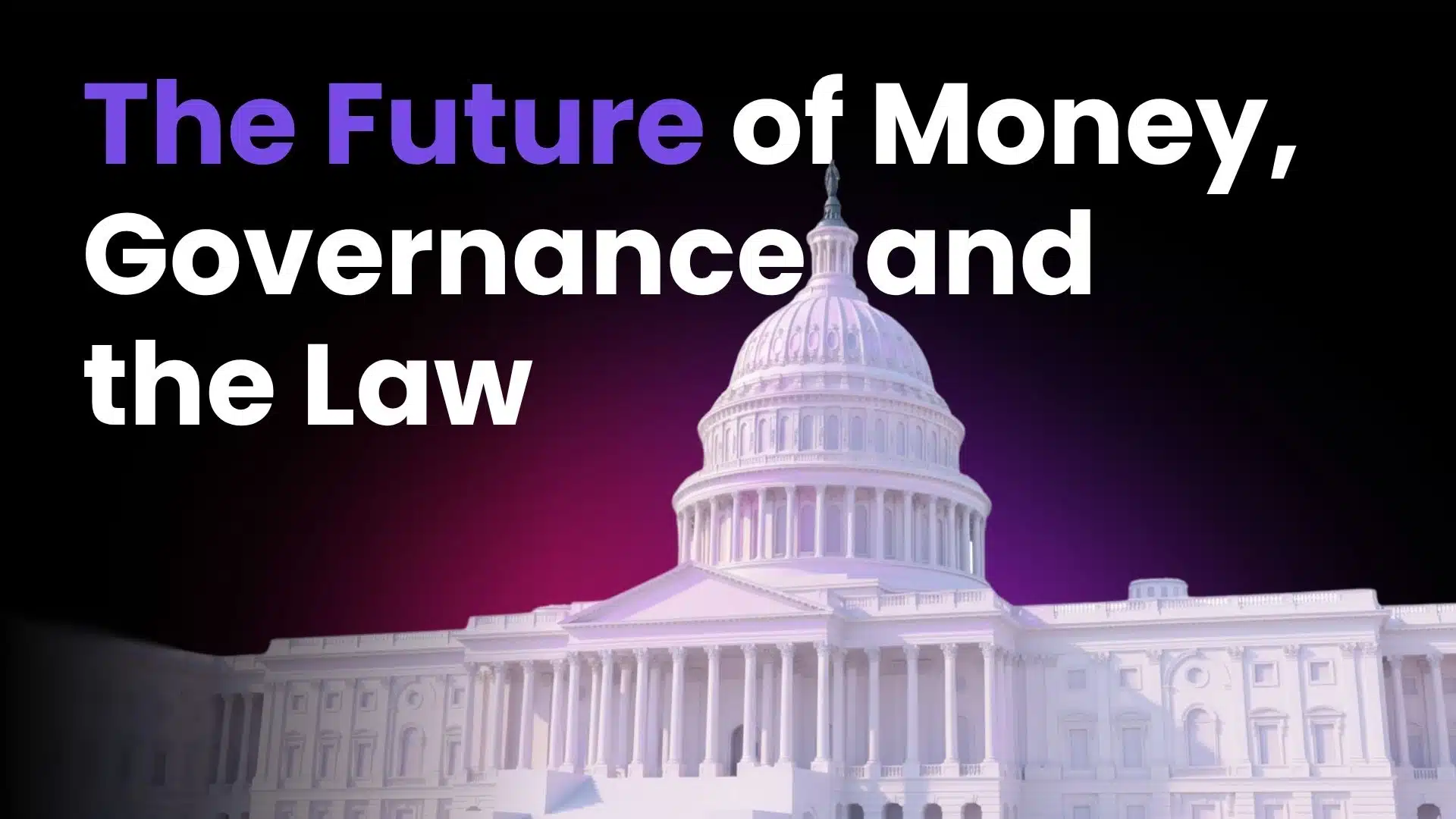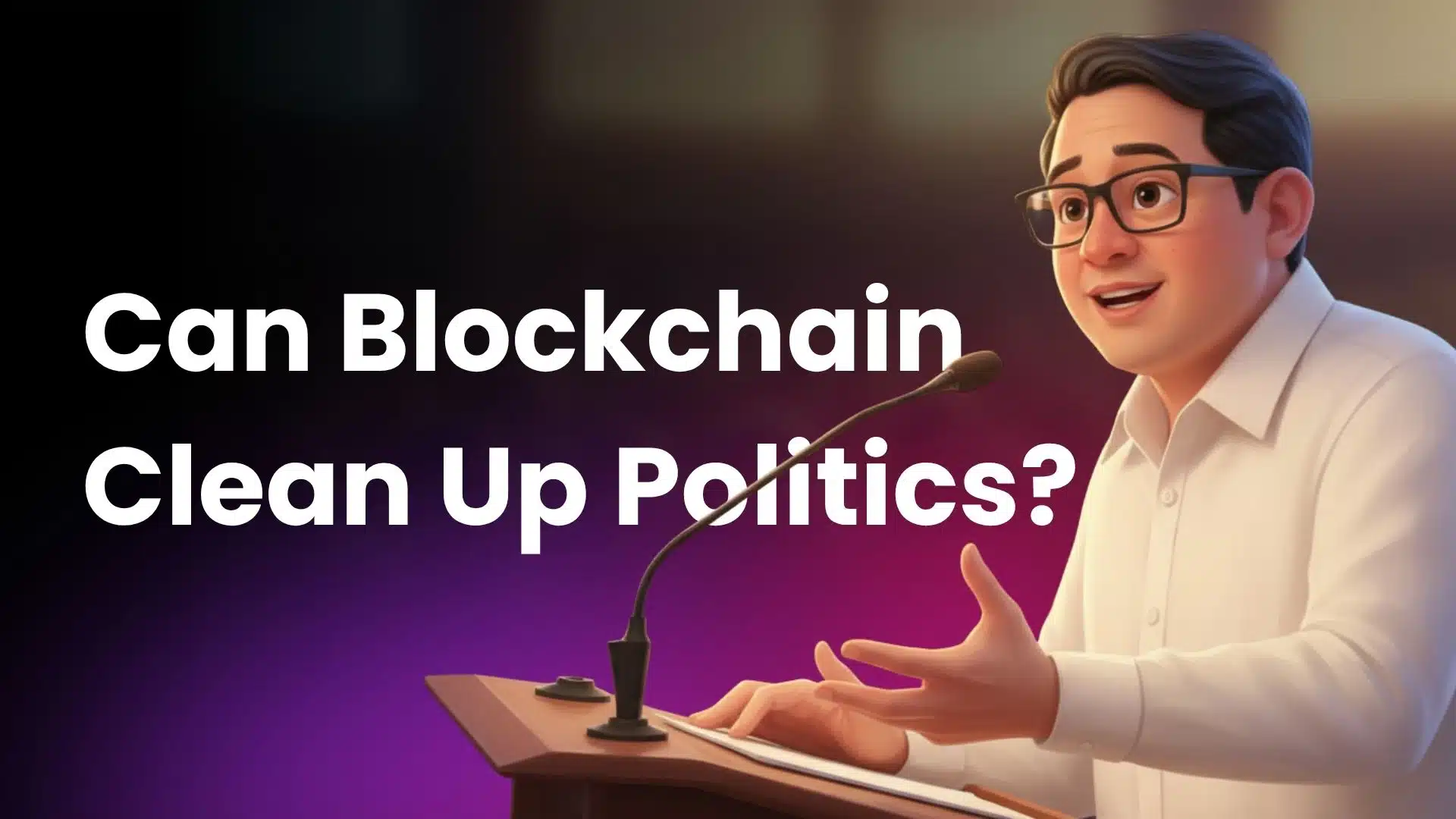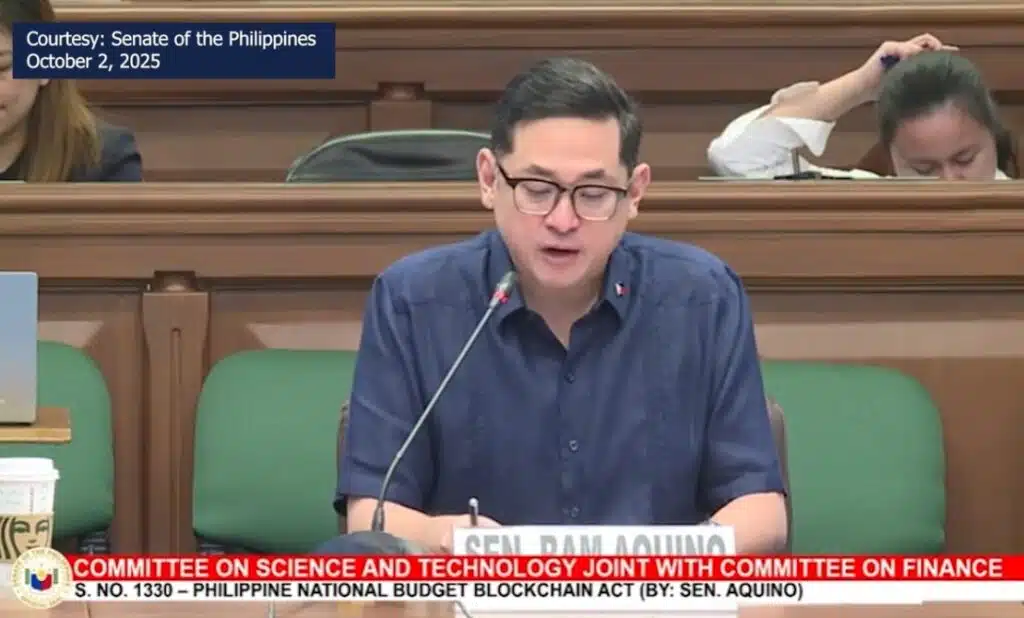

Corruption in the Philippines is as old as the republic itself. From botched public works to flood relief scandals, Filipinos are no strangers to government misuse of funds. But in 2025, amid fresh protests and mounting public anger, a new idea is emerging from the halls of the Senate: use blockchain technology to enforce transparency in government spending.
Senator Bam Aquino is championing a blockchain-based anti-corruption bill, hoping to encode honesty into the system itself. With help from transparent ledgers, smart contracts, and decentralized validation, could blockchain finally help us break the cycle of corruption?
In this blog, we’ll break it all down:

In September 2025, a storm didn’t just flood the streets of Manila—it flooded them with protestors. Tens of thousands marched against alleged multi-billion peso corruption in flood mitigation projects. The public outcry stemmed from revelations that funding for drainage, embankments, and early warning systems had gone “missing.” Roads were underwater, while pockets were overflowing.
It wasn’t just a one-off scandal. From ghost projects to overpriced contracts and rigged procurement, systemic corruption has long undermined development in the Philippines. According to watchdog reports, billions in disaster funds and infrastructure budgets go unaccounted for each year.
Key corruption patterns include:
The World Bank and Transparency International have repeatedly flagged these issues. The need for a structural solution that makes corruption harder to execute and easier to detect has never been more urgent.
Though the full text of the bill hasn’t been published yet, recent reports suggest Senator Bam Aquino is leading a push for a blockchain-based procurement and transparency system. His initiative builds on growing calls for reform, particularly in infrastructure and public works.
This blockchain initiative aims to:
What sets this bill apart is its emphasis on real-time public accountability. Instead of discovering fraud after the fact, blockchain could enable live monitoring of where taxpayer funds are going, who is spending them, and what outcomes are being delivered.
The goal? Make corruption not just illegal—but technically harder to commit.
Senator Aquino has also emphasized collaboration with the Department of Information and Communications Technology (DICT) and international digital governance experts, aiming for technical robustness and interoperability.
Blockchain is not untested. Countries around the world are using it to improve transparency, accountability, and service delivery.
Project Ubin is Singapore’s high-profile blockchain experiment, launched by the Monetary Authority of Singapore (MAS). Originally focused on real-time settlement systems, Ubin has grown into a testbed for interbank transactions, digital identity, and public sector innovation.
While not explicitly anti-corruption, Ubin illustrates how government-backed blockchain can make systems more resilient, tamper-proof, and interoperable. Singapore’s disciplined rollout has inspired many Asian governments to explore similar applications.
Dubai’s Blockchain Strategy aims to transition 100% of applicable government services onto blockchain platforms. Successes include:
By eliminating manual paperwork and middlemen, Dubai is seeing reduced fraud, faster processing, and increased public trust. This strategy is backed by strong political will and tech investment—factors the Philippines must replicate.
Georgia was one of the first countries to record land titles on a blockchain. By using digital timestamps and public verification portals, property rights are more secure, and land disputes have decreased significantly.
Ukraine’s ProZorro project incorporated blockchain into public procurement. The pilot introduced open bidding with time-stamped, transparent entries, minimizing collusion and fraud. Results showed improved contractor diversity and decreased pricing irregularities.
Brazil has piloted blockchain for public financial management, including recording government bond issuances and welfare payments. These pilots suggest blockchain can work even in large, complex economies.
In emergency response scenarios, countries such as the UAE, Canada, and several EU nations used blockchain to track supply chains of PPE and vaccines, reducing procurement irregularities.
Implementing blockchain in a public-sector environment is complex. Here’s a practical roadmap for how this might unfold in the Philippines.
Yes—this is feasible in the Philippines, if executed carefully and backed by a broad coalition. Blockchain should be seen as a structural tool, not a magic bullet. It offers a way to rewire the systems of governance so that transparency is the default, not the exception.
Blockchain won’t eliminate corruption on its own. But it can tilt the playing field. By embedding transparency, it changes how public money is handled, how citizens monitor projects, and how institutions operate.
Senator Bam Aquino’s proposal is not just timely—it’s necessary. The question now is whether Congress and the broader government ecosystem have the courage to back it with action, budget, and political will.
With the right pilots, legal support, and civil engagement, blockchain could transform the Philippines from a cautionary tale into a global case study in digital accountability.
Consensys. (n.d.). Blockchain use cases in government and the public sector.
Digital Dubai. (n.d.). Blockchain strategy.
GMA News Online. (2024, May 20). Explainer: Blockchain, DBM, DPWH, transparency, stop corruption.
Harvard Business Review. (2020, May). Building a transparent supply chain.
Investopedia. (n.d.). Blockchain.
Manila Times. (2025, October 9). What it takes for blockchain to work.
Mas.gov.sg. (n.d.). Project Ubin. Monetary Authority of Singapore.
Philippine Daily Inquirer. (2025, September). Marcos on blockchain technology.
Remitano. (n.d.). Singapore’s CBDC Project Ubin – 15 things to know.
Stock Exchange EU. (n.d.). Impact of Emirates Blockchain Strategy 2021 on finance and healthcare.
The Guardian. (2025, September 21). Protests erupt in Philippines over state corruption, flooding scandal.
U4 Anti-Corruption Resource Centre. (2020). Are blockchain technologies efficient in combatting corruption?
CMI (Chr. Michelsen Institute). (2020). Blockchain technology to prevent corruption in COVID-19 response: How can it help overcome risks?
BSV Blockchain. (n.d.). 6 countries using blockchain right now.
Department of Science and Technology – Advanced Science and Technology Institute (DOST-ASTI). (n.d.). Philippine delegation advances blockchain knowledge at e-government training in Cambodia.